The Basilica of Saint Thérèse of Lisieux is one of the largest churches built in France during the 20th century and a major site of Catholic pilgrimage. It is located in Lisieux, in the Normandy region, and is dedicated to Saint Thérèse of the Child Jesus, also known as "the Little Flower," who was a Carmelite nun and one of the most popular saints of modern times. She died in 1897 at the age of 24 and was canonized in 1925.
Click here to see where the Basilica is located on Google Maps.
The basilica was constructed in her honor after her canonization and in response to the rapidly growing devotion to her. Its foundation stone was laid in 1929, and although construction was delayed by World War II, the church was completed and consecrated in 1954.
The basilica was designed in a Romano-Byzantine style, and its immense dome is a distinctive feature of the skyline of Lisieux. The architect Louis-Marie Cordonnier initially oversaw the project, and his son, Louis-Stanislas Cordonnier, continued the work after him.
The interior of the Basilica of Saint Thérèse in Lisieux is grand, luminous, and deeply symbolic, constructed with the express intention of honoring the "greatest saint of modern times," as Pope Pius XI called her.
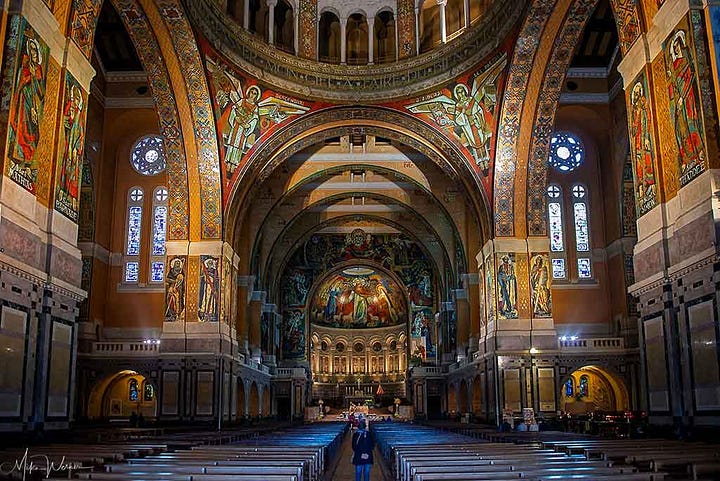
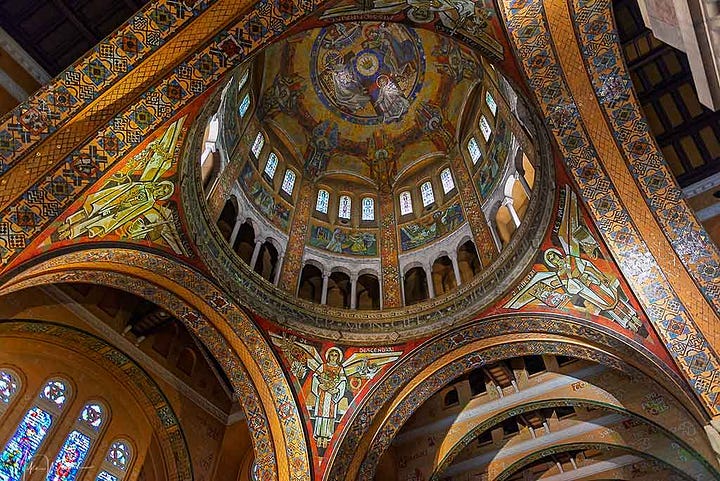
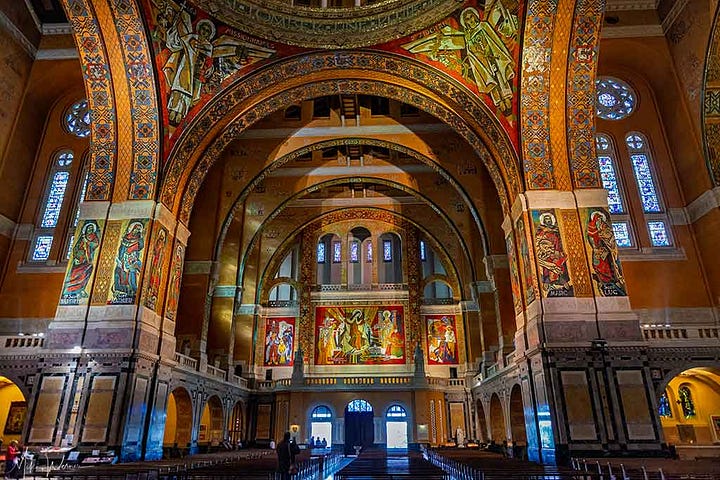
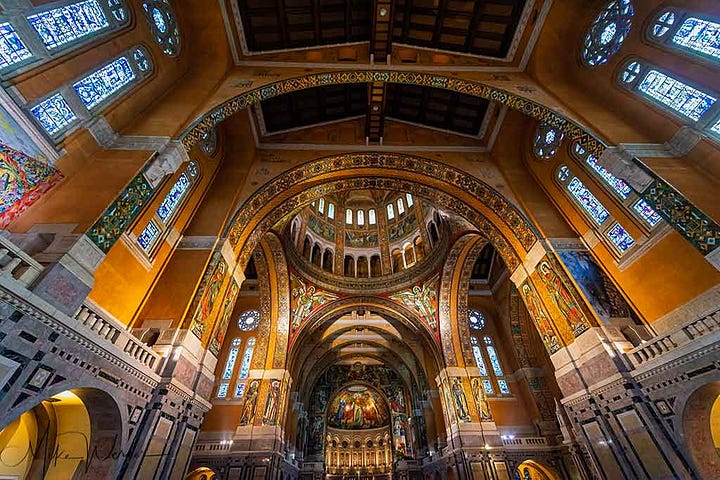
The architecture follows a Romano-Byzantine style, characterized by sweeping arches, a vast central nave, and an immense dome that floods the space with light. The basilica is not a Gothic structure meant to draw the eyes upward in mystery, but rather a welcoming, almost maternal space that envelops the visitor in color and harmony, reflecting Thérèse's message of love and spiritual childhood.
The most striking feature of the interior is the extensive use of mosaics. These mosaics, which cover walls, arches, and chapels, were crafted over decades and serve both a decorative and catechetical function. They depict key moments from the life of Saint Thérèse, her teachings, her spiritual path, and her family (especially her parents, Saints Louis and Zélie Martin, who were also canonized). The mosaics are vibrant, with golds and blues dominating the palette, and they were completed in stages, well into the late 20th century, under the guidance of various artists and religious advisors.
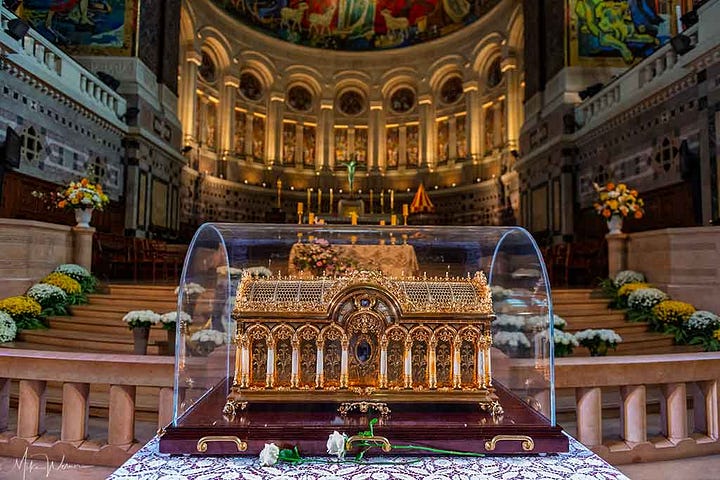
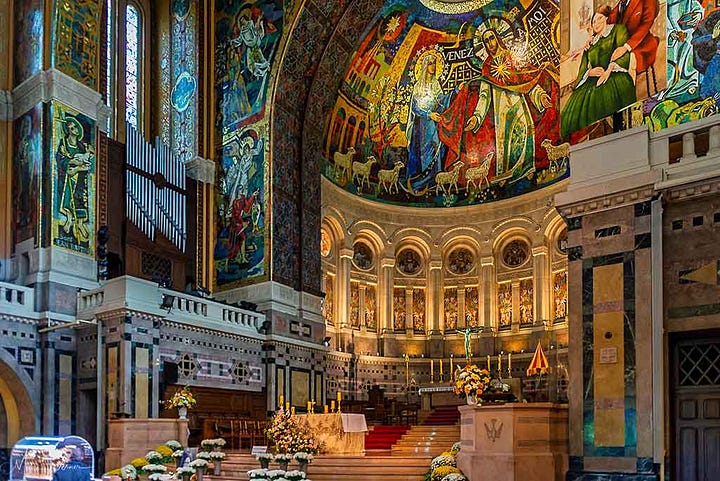
The main altar and the sanctuary area is elevated, giving the interior a sense of vertical movement despite the building’s massive horizontal layout.
The transepts include side chapels dedicated to particular aspects of Thérèse’s spirituality.
Below the basilica, the crypt holds a beautifully intimate space covered in blue and gold mosaics, with inscriptions of Thérèse’s words and symbols of her “little way.” It contains a reliquary with some of her relics, although her body remains at the Carmelite convent in Lisieux.

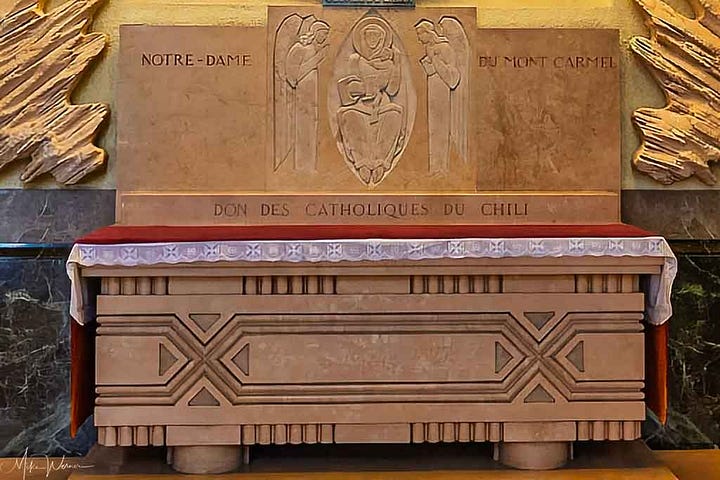
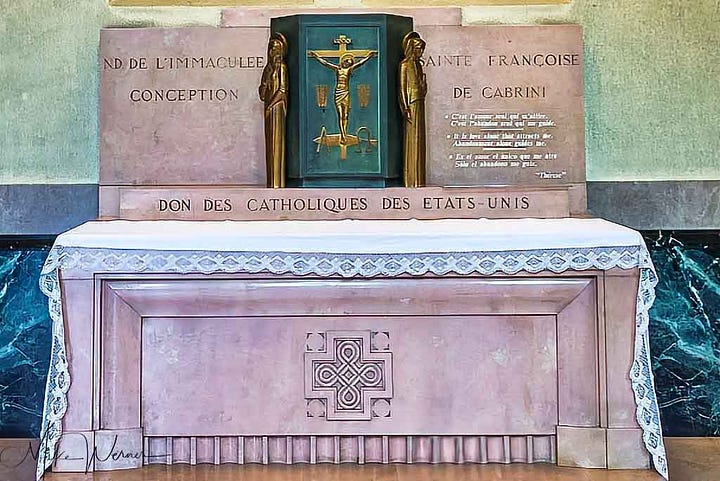
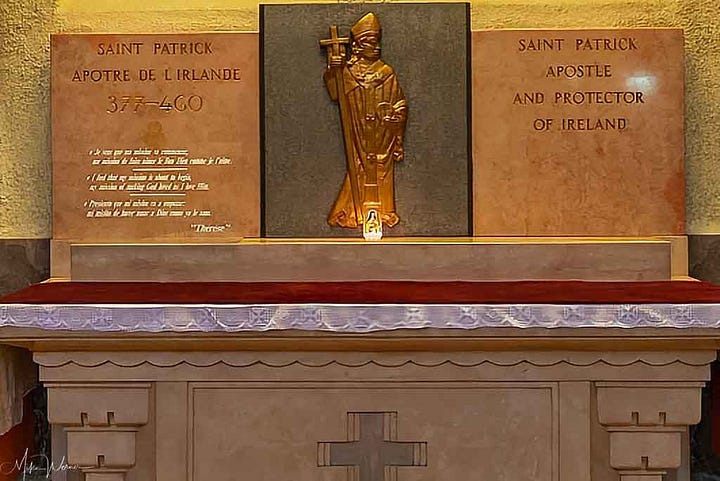
The basilica was financed almost entirely through donations from the faithful around the world, a remarkable expression of the saint’s global appeal. From the very beginning, there was no governmental or diocesan funding. Appeals were made through Catholic networks, and contributions flowed in from across Europe, the Americas, and beyond. Small coins from working-class families, larger endowments from wealthy patrons, and even organized fundraising campaigns helped make the project viable. This broad base of support gave the basilica its unique identity: it was quite literally a church built by the devotion of the people, a shrine funded by spiritual gratitude and trust in Thérèse’s intercession.
The basilica is a focal point for millions of pilgrims each year, particularly around the feast of Saint Thérèse on October 1. It remains an active place of worship and a center of devotion to a saint who continues to inspire people around the world with her simplicity, humility, and trust in divine mercy.
Click here to access their website.




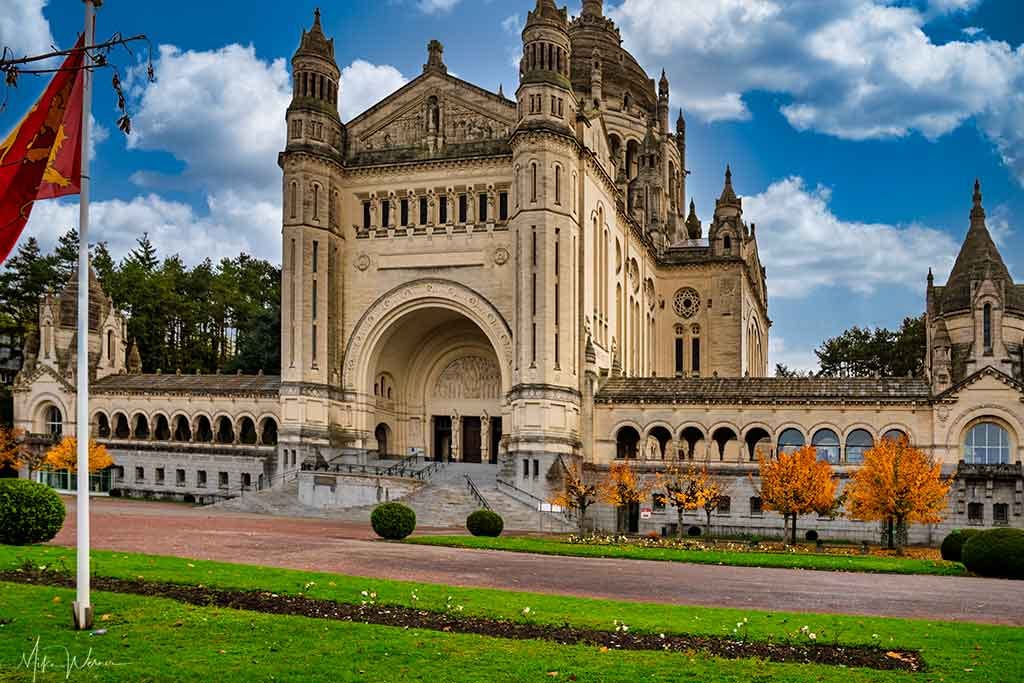
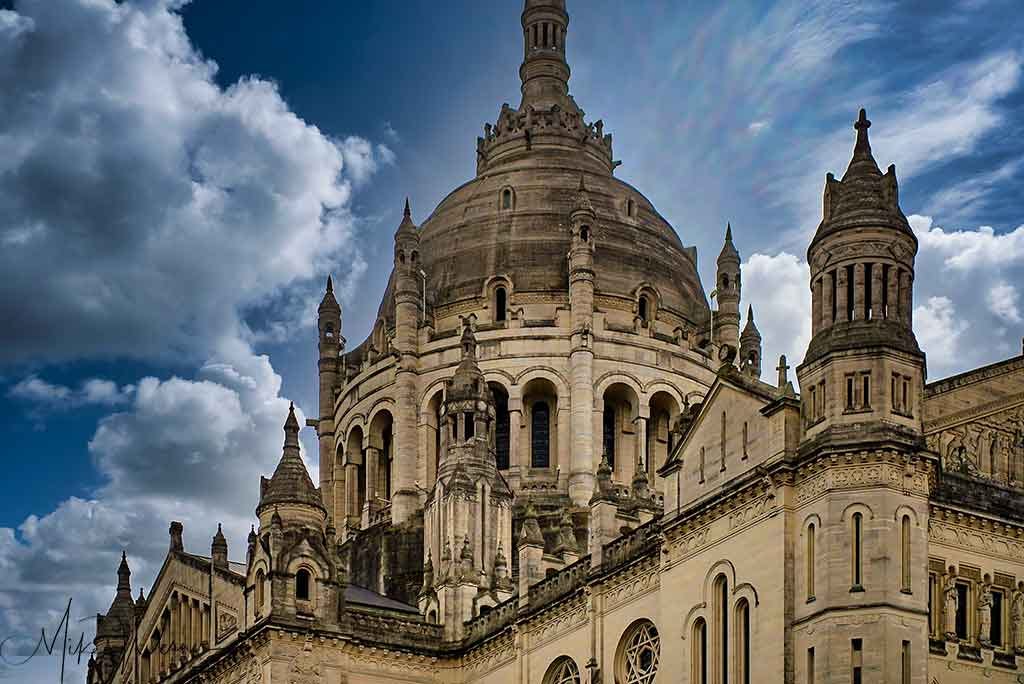
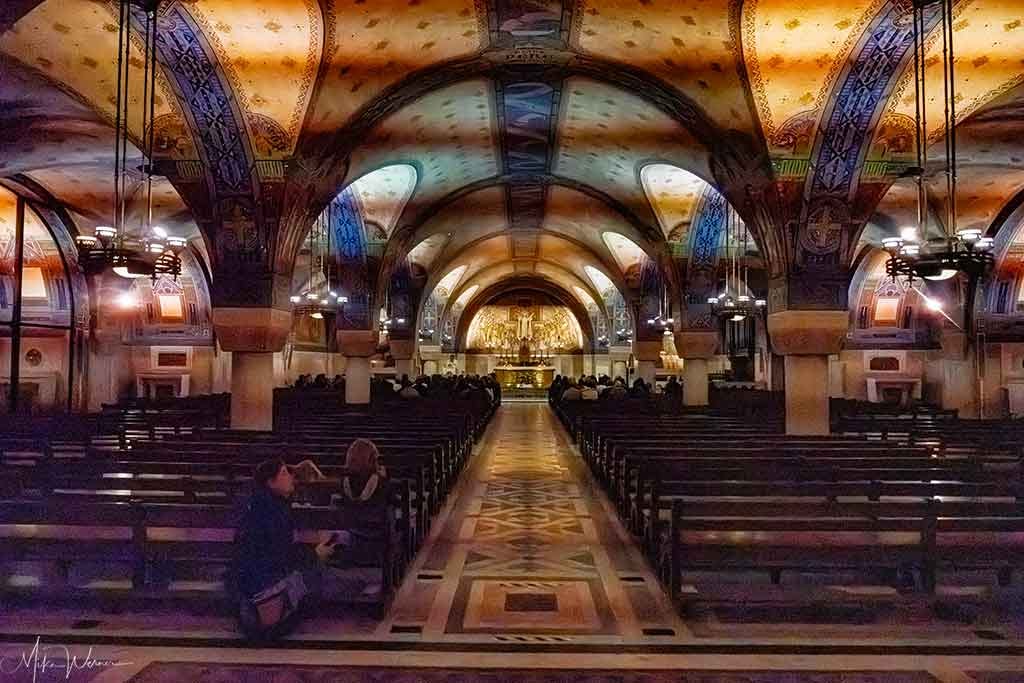
I learned a lot about the basilica from this post -- thank you. The financing part was fascinating.